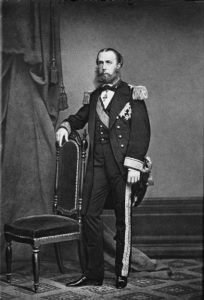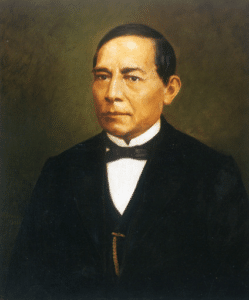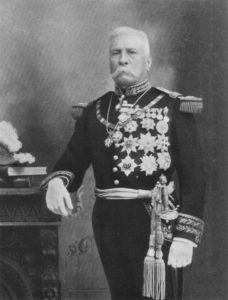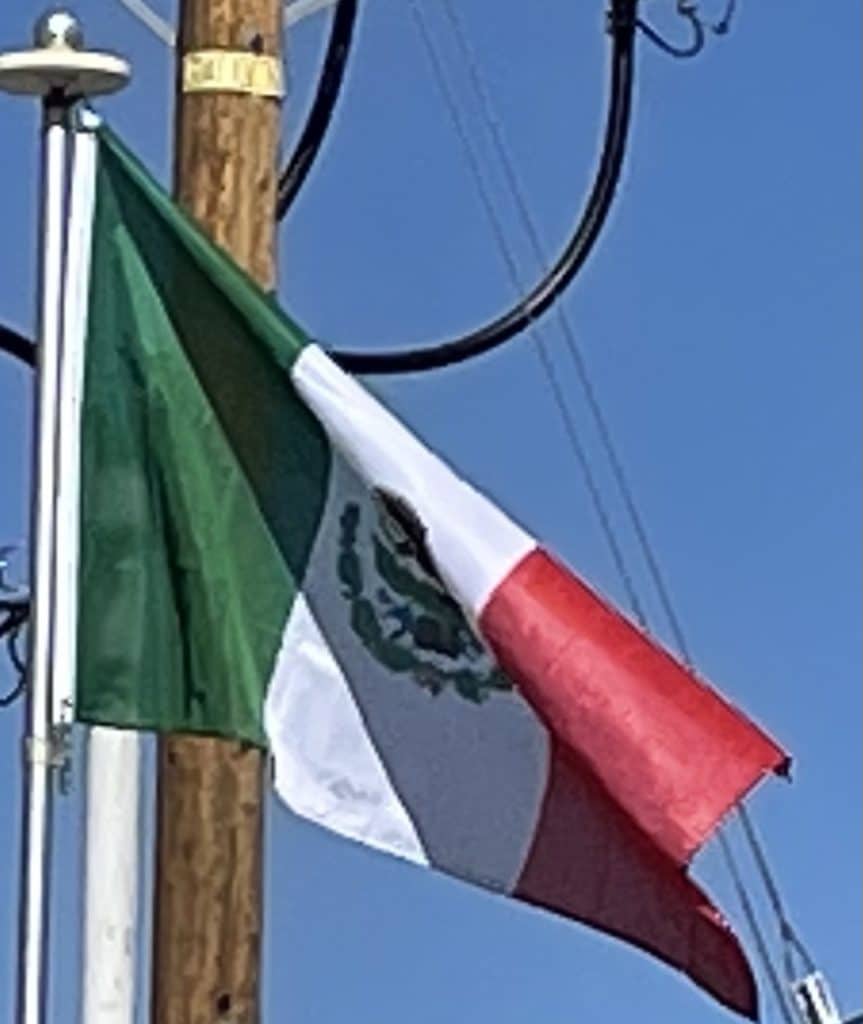
The Liberal republic under Benito Juárez was basically a government in internal exile, but with the end of the Civil War in the U.S. in April 1865, that government began aiding the Mexican Republic. Two years later, the French Army withdrew its support, Maximilian remained in Mexico rather than return to Europe. Republican forces captured him and he was executed in Querétaro, along with two Conservative Mexican generals. The “Restored Republic” saw the return of Juárez, who was “the personification of the embattled republic,” as president.

The Conservatives had been not only defeated militarily, but also discredited politically for their collaboration with the French invaders. Liberalism became synonymous with patriotism. The Mexican Army that had its roots in the colonial royal army and then the army of the early republic was destroyed. New military leaders had emerged from the War of the Reform and the conflict with the French, most notably Porfirio Díaz, a hero of the Cinco de Mayo, who now sought civilian power. Juárez won re-election in 1867, but was challenged by Díaz, who criticized him for running for re-election. Díaz then rebelled, crushed by Juárez. Having won re-election, Juárez died in office of natural causes in July 1872, and Liberal Sebastián Lerdo de Tejada became president, declaring a “religion of state” for rule of law, peace, and order. When Lerdo ran for re-election, Díaz rebelled against the civilian president, issuing the Plan of Tuxtepec. Díaz had more support and waged guerrilla warfare against Lerdo. On the verge of Díaz’s victory on the battlefield, Lerdo fled from office, going into exile. Another army general assumed the presidency of Mexico.
Porfiriato (1876–1911):
After the turmoil in Mexico from 1810 to 1876, the 35-year rule of Liberal General Porfirio Díaz (r.1876-1911) allowed Mexico to rapidly modernize in a period characterized as one of “order and progress”.

The Porfiriato was characterized by economic stability and growth, significant foreign investment and influence, an expansion of the railroad network and telecommunications, and investments in the arts and sciences. The period was also marked by economic inequality and political repression. Díaz knew the potential for army rebellions, and systematically downsized the expenditure for the force, rather expanding the rural police force under direct control of the president. Díaz did not provoke the Catholic Church, coming to a modus vivendi with it; but he did not remove the anticlerical articles from the 1857 Constitution. From the late nineteenth century Porfiriato, Protestants began to make inroads in Mexico.
The government encouraged British and U.S. investment. Commercial agriculture developed in northern Mexico, with many investors from the U.S. acquiring vast ranching estates and expanding irrigated cultivation of crops. The Mexican government ordered a survey of land with the aim of selling it for development. In this period, many indigenous communities lost their lands and the men became landless wage earners on large landed enterprises (haciendas). British and U.S. investors developed extractive mining of copper, lead, and other minerals, as well as petroleum on the Gulf Coast. Changes in Mexican law allowed for private enterprises to own the subsoil rights of land, rather than continuing the colonial law that gave all subsoil rights to the State. An industrial manufacturing sector also developed, particularly in textiles. At the same time, new enterprises gave rise to an industrial work force, which began organizing to gain labor rights and protections.
